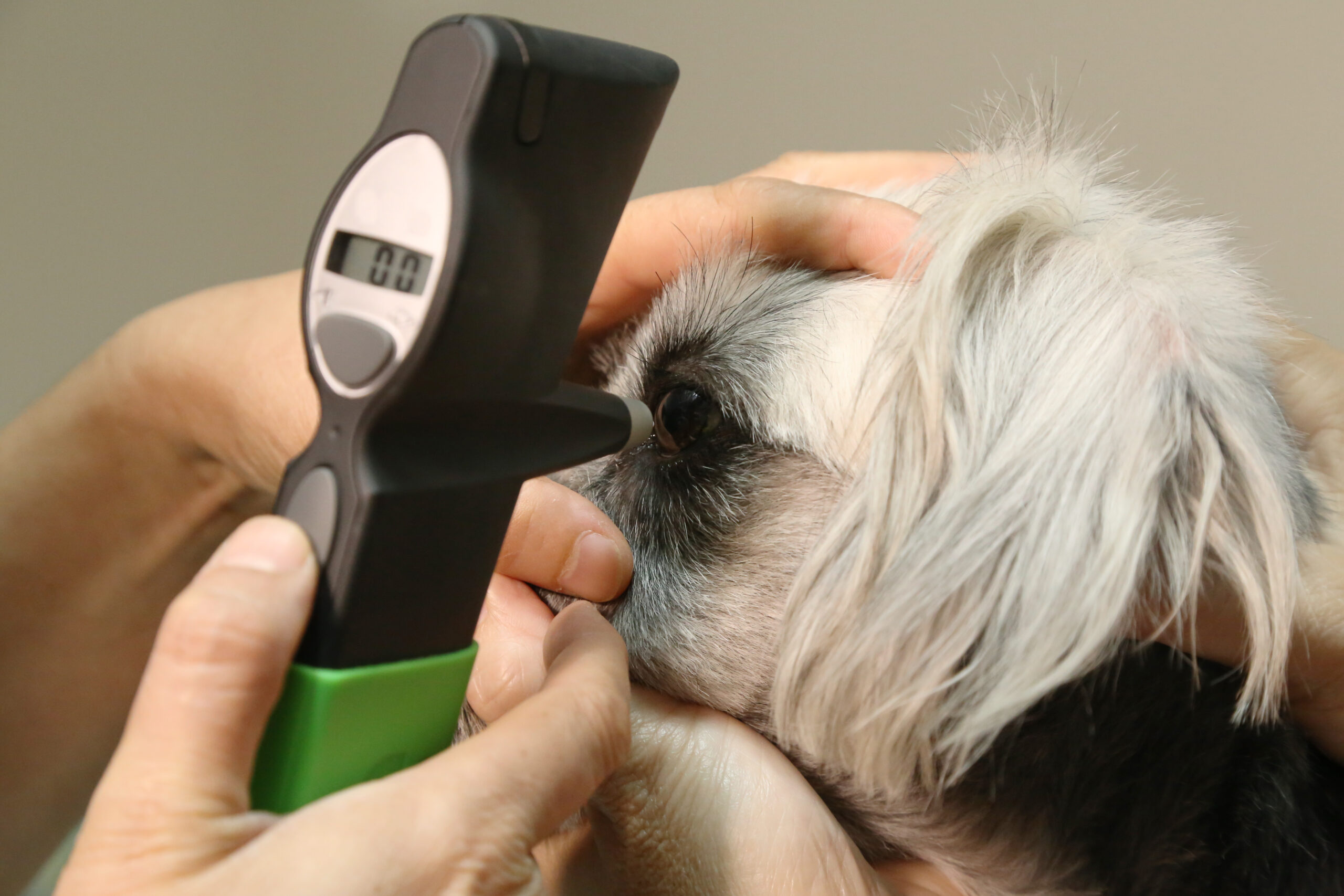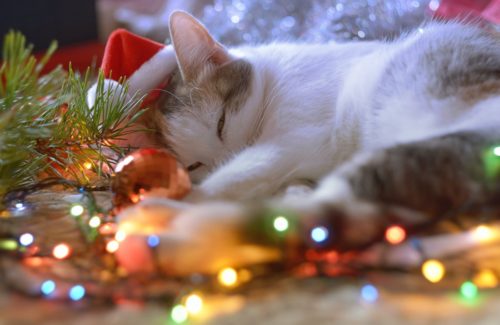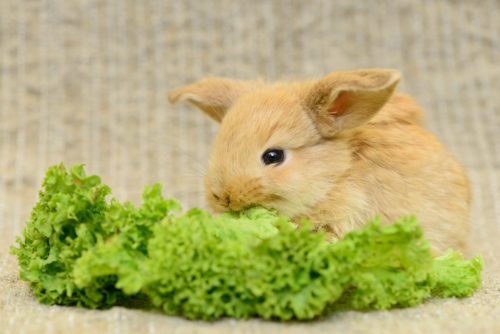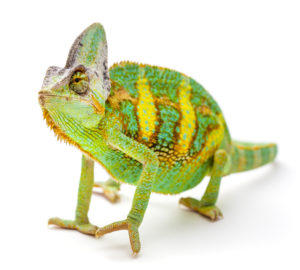Cataracts—A Guide for Pet Owners
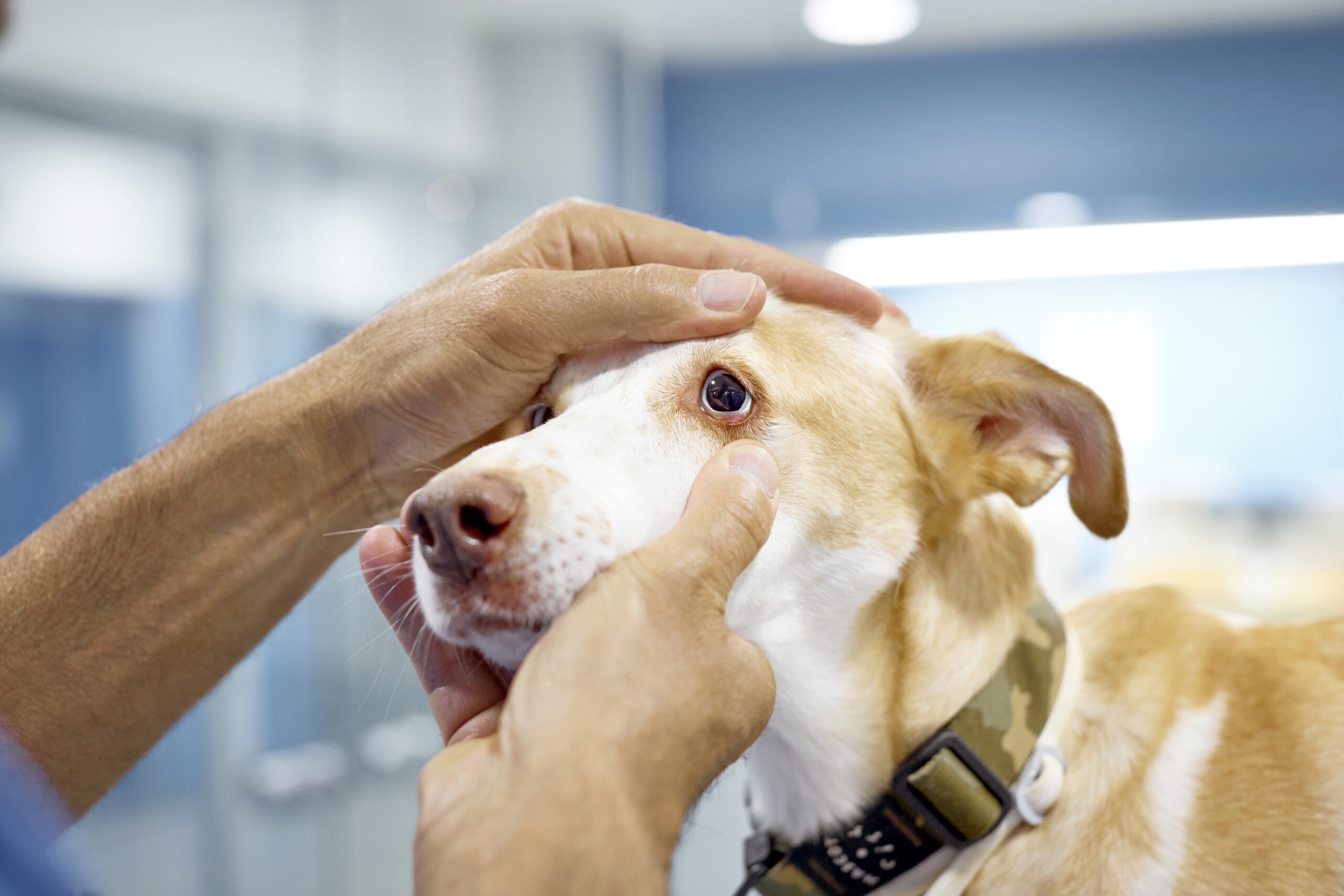
The lens is a normally clear structure that acts as a focusing device for the images projected on the retina in the back of the eye. Cataracts are opacities that develop in the lens, preventing image projection, which can eventually lead to vision loss. Veterinary Referral Center (VRC) is welcoming Dr. Zachary Badanes, who is reestablishing our hospital’s ophthalmology service. Since cataracts are a fairly common eye issue, knowing more about the condition can help you recognize signs in your pet.
Cataract causes in pets
The lens is composed of thin, clear, highly organized protein fibers. A cataract causes a permanent change, transforming the clear protein to a milky, white opacity. Numerous conditions can result in cataract development, including:
- Genetics — The most common cause of cataracts in dogs is a genetic predisposition. Hereditary cataracts have been identified in several dog breeds, including the Afghan hound, bichon frise, Boston terrier, Chesapeake Bay retriever, German shepherd, golden retriever, Labrador retriever, and cocker spaniel.
- Diabetes — About 75 percent of diabetic dogs develop cataracts. When the dog’s blood sugar rises, the sugar level in the eye fluids also increases. The lens absorbs this excess sugar, which ultimately results in cataract formation. Early referral to a veterinary ophthalmologist is the best way to manage these dogs.
- Geriatric — As pets age, the proteins and fibers in the lens begin to break down, resulting in cataract formation.
- Inflammation — Cataracts can occur when inflammation breaks down the proteins and fibers in the lens.
- Trauma — If the capsule that encloses the lens is disrupted, the immune system recognizes the lens proteins as foreign, and attacks, resulting in inflammation and potential cataract formation.
- Congenital — Some pets are born with cataracts.
- Dietary deficiencies — Amino acid deficiencies, including histidine, tryptophan, phenylalanine, and arginine, have been linked to cataracts.
- Toxins — Certain toxins, including ketoconazole and disophenol, have been linked to cataracts.
- Electric shock — The exact cause is unknown, but receiving an electric shock can cause cataracts.
Cataract signs and diagnosis in pets
A cataract causes the lens in the center of your pet’s eye to appear white, gray, or cloudy. Cataracts can affect only part of the lens, or the entire structure. The opaque area impedes normal image formation, and causes vision loss. Pets are exceptionally good at adapting to vision loss, especially if the loss is gradual. This means you may not realize your pet has developed a cataract until you see the changes in their eyes, at which point the cataract may be advanced. Advanced cataracts often incite more inflammation inside the eye, which can decrease your pet’s eligibility for cataract surgery.
Having a veterinary professional regularly monitor your pet’s eyes is the best way to detect cataracts early, when they can best be managed. If your pet has developed a cataract that causes vision loss, our ophthalmology department will assess whether they are a good candidate for cataract surgery. Diagnostics include:
- Blood work — Screening blood work will be performed, to ensure your pet is healthy enough to undergo general anesthesia.
- Ultrasound — An ocular ultrasound will be performed to assess the back of your pet’s eye, since an advanced cataract makes visualization difficult.
- Electroretinogram (ERG) — An ERG measures the retina’s electrical activity in response to a light stimulus, assessing your pet’s retina health. Pets who have retinal degeneration or retinal detachment are not typically good surgery candidates, as cataract removal is unlikely to restore their vision.
- Tonometry — Your pet’s eye pressure will be evaluated, to determine if they are affected by glaucoma. Pets who have glaucoma may not be good candidates for cataract surgery.
Cataract medical management in pets
The primary goal when medically managing a cataract is to maintain the pet’s comfort, and manage inflammation to prevent secondary complications, such as lens luxation and glaucoma. Medical management cannot restore vision, but for pets who are not surgery candidates, this approach is the best way to keep their eyes pain-free. Regular monitoring by a veterinary professional is important to evaluate for secondary complications. Potential long-term management protocols can include topical lubricants to maintain corneal health, and possibly nonsteroidal anti-inflammatories to manage inflammation. Other medications will be needed if your pet develops glaucoma.
Cataract surgery in pets
Surgery is the only vision-restoring option to manage cataracts, and involves a process called phacoemulsification, in which special surgical equipment uses sound waves to break apart the lens. The pieces are then removed from the lens capsule, and an artificial lens is implanted. Cataract surgery is approximately 90 percent successful, and pets who have early stage cataracts typically experience fewer complications and have better outcomes. After surgery, pets usually stay one night in the hospital, and they will wear an Elizabethan collar to prevent them from rubbing their eyes. You will need to administer three to four topical eye medications to your pet for several weeks. Initially, the drops should be given four times a day, with the frequency decreasing over time.
Dr. Badanes will need to reevaluate your pet at one week, three weeks, six weeks, three months, and six months after surgery, and potentially more frequently, if complications occur. Possible complications include:
- Retinal detachment — The retina lies along the back of the eye, and is important for normal vision. Retinal detachment occurs when the retinal layer separates from the back of the eye. This can cause permanent vision loss, but this complication is not common after cataract surgery.
- Glaucoma — Glaucoma occurs when inadequate fluid drainage causes increased pressure inside the eye. Topical medications can control ocular pressure.
- Chronic inflammation — Some inflammation is expected after cataract surgery, but persistent inflammation requires long-term management.
Cataracts can significantly affect a pet’s vision, but when caught early and managed appropriately, their vision can be salvaged. If you think your pet may have cataracts, contact our VRC team, so Dr. Badanes can evaluate your pet and determine whether they are a good cataract surgery candidate.






 Email
Email